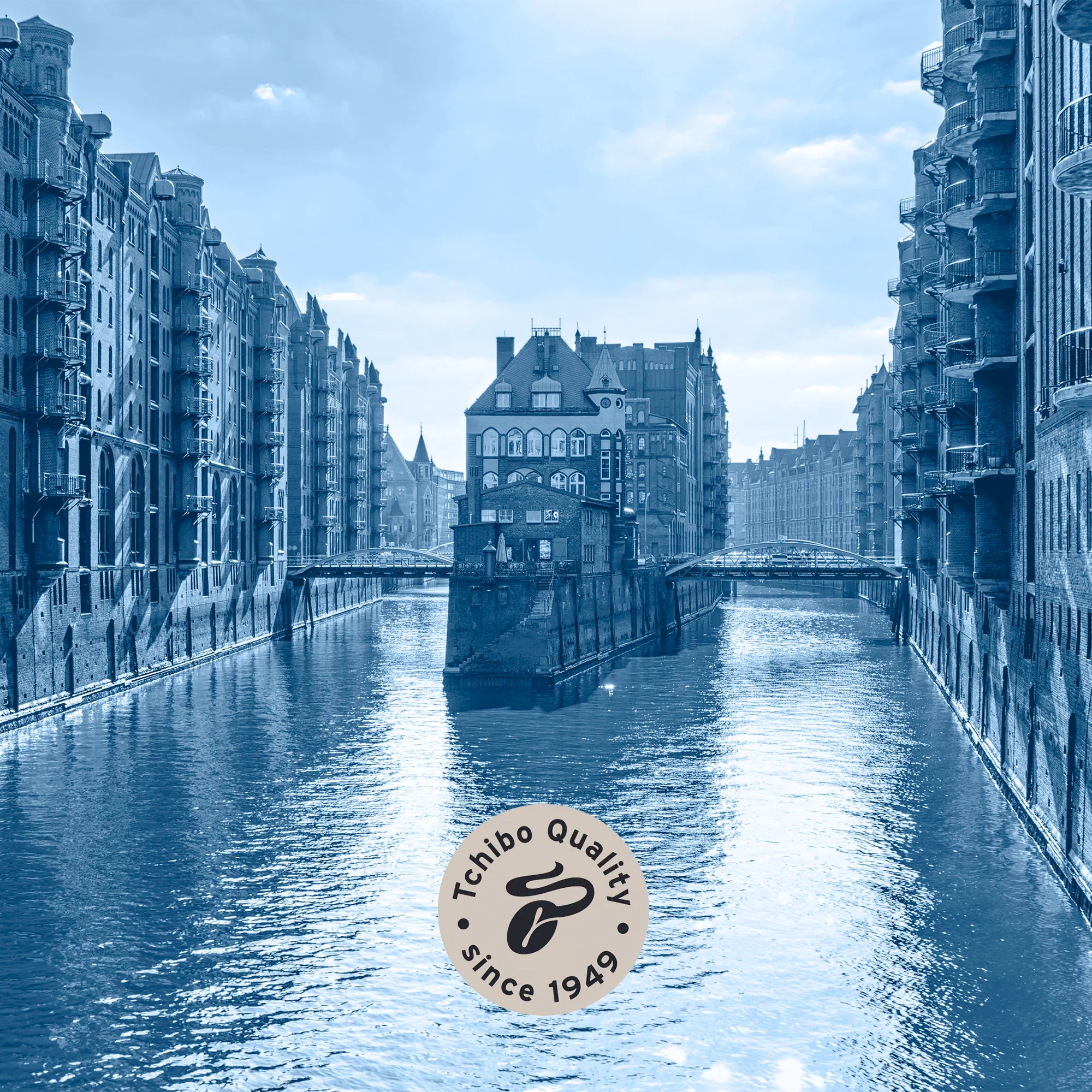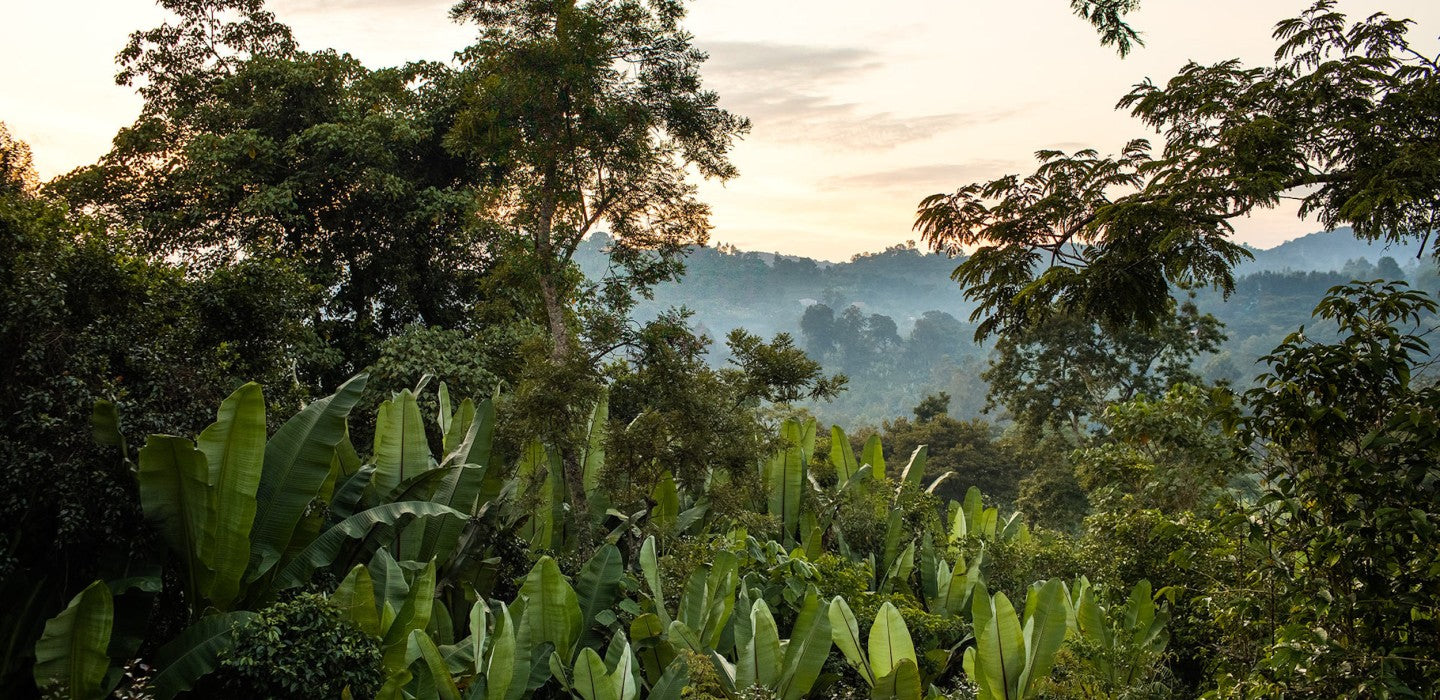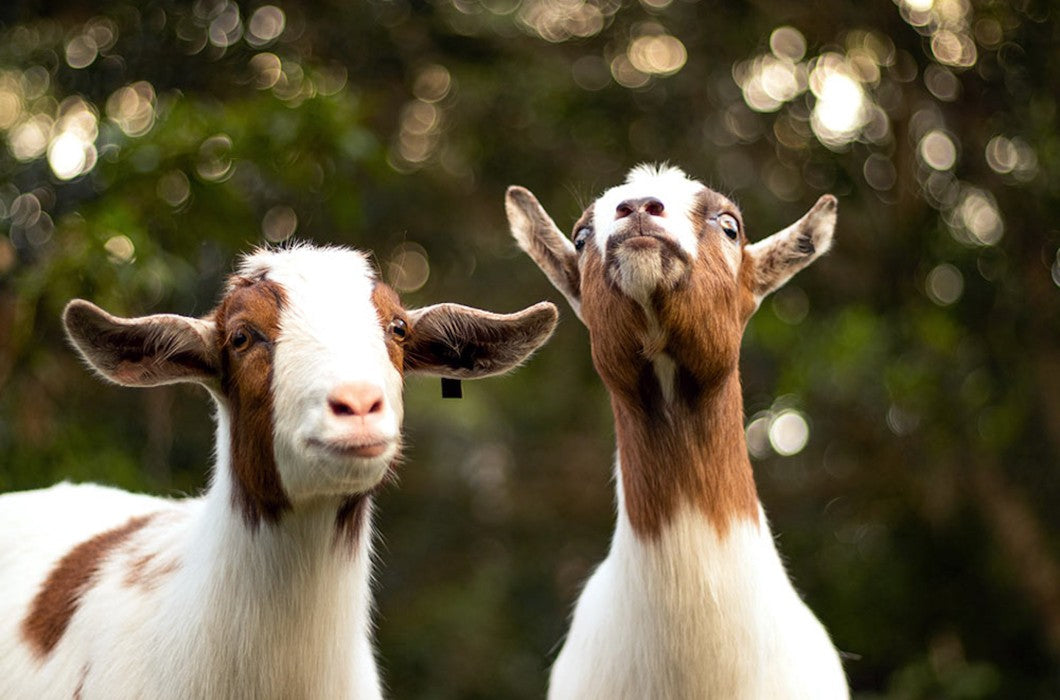
The legend of the goats
Legend has it that we owe our coffee to the goats.
And the legend goes like this: Goatherd Kalid tends his herd every day in the pastures of the Yemeni highlands. One day, some of the goats eat red berries from the bushes and are suddenly much livelier and more persistent. They don't rest at night either. Out of curiosity, Kalid finally tastes the berries himself and also feels the invigorating effect. The abbot of a nearby monastery hears about this and has the berries collected from the bushes to make an infusion. Again, the effect is similar: the monks can pray for nights on end without getting tired. As they no longer want to do without the new drink, the monks stockpile it and hang the twigs over an open fire to dry during the rainy season. When a twig falls into the fire, the beans char and spread an aromatic scent. The monks take the beans from the embers, grind them and make their infusion from the powder. From the very first sip, they are delighted by the delicious taste of the new drink and its invigorating effect. The secret of the coffee beans has been discovered!
The home of coffee
The original home of the coffee tree is probably Ethiopia - perhaps the province of Kaffa in the Abyssinian highlands. However, it is not clear whether the coffee is named after this alleged homeland, Kaffa. It is also possible that the name of the coffee was derived from the Arabic-Turkish term for the drink "kahwe".
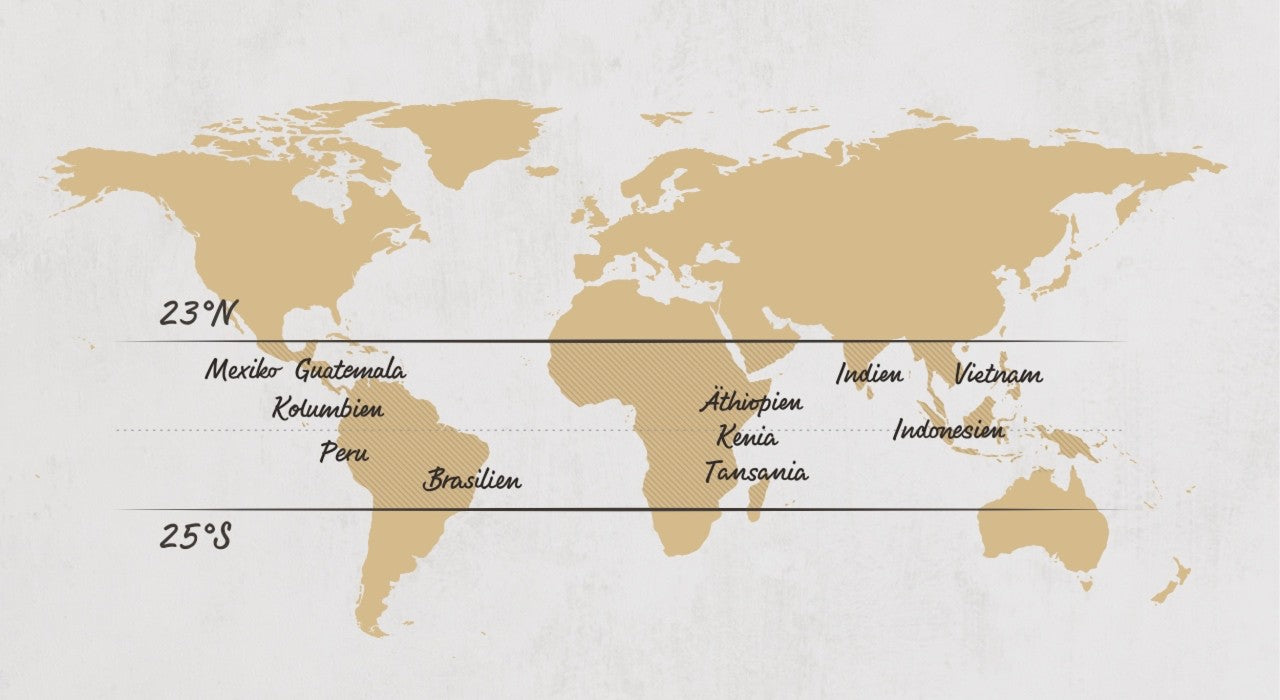
About the coffee belt
Coffee plants are picky: They only thrive optimally in the tropical equatorial climate of the "coffee belt"
In this location around the equator, there is a humid and dry alternating climate, which is characterized above all by the fact that there are no extreme temperatures and sufficient rainfall. Arabica and Robusta plants grow here in around 80 countries around the world - including Brazil, Colombia, Ethiopia, Indonesia, India and Vietnam.
To thrive optimally, the coffee plant needs a balanced climate without extreme temperatures. Arabica plants are more sensitive than Robusta plants. They only grow at high altitudes and at moderate temperatures of up to 25° C. Robusta plants, on the other hand, also thrive in the lowlands and do not mind temperatures above 30° C. Vietnam, India and Indonesia are important growing regions for Robusta coffees.
The soil conditions in the coffee belt are also ideal for coffee plants - nutrient-rich and slightly acidic soils such as the volcanic soils in Ethiopia are ideal for plant growth.
A portrait of four growing countries
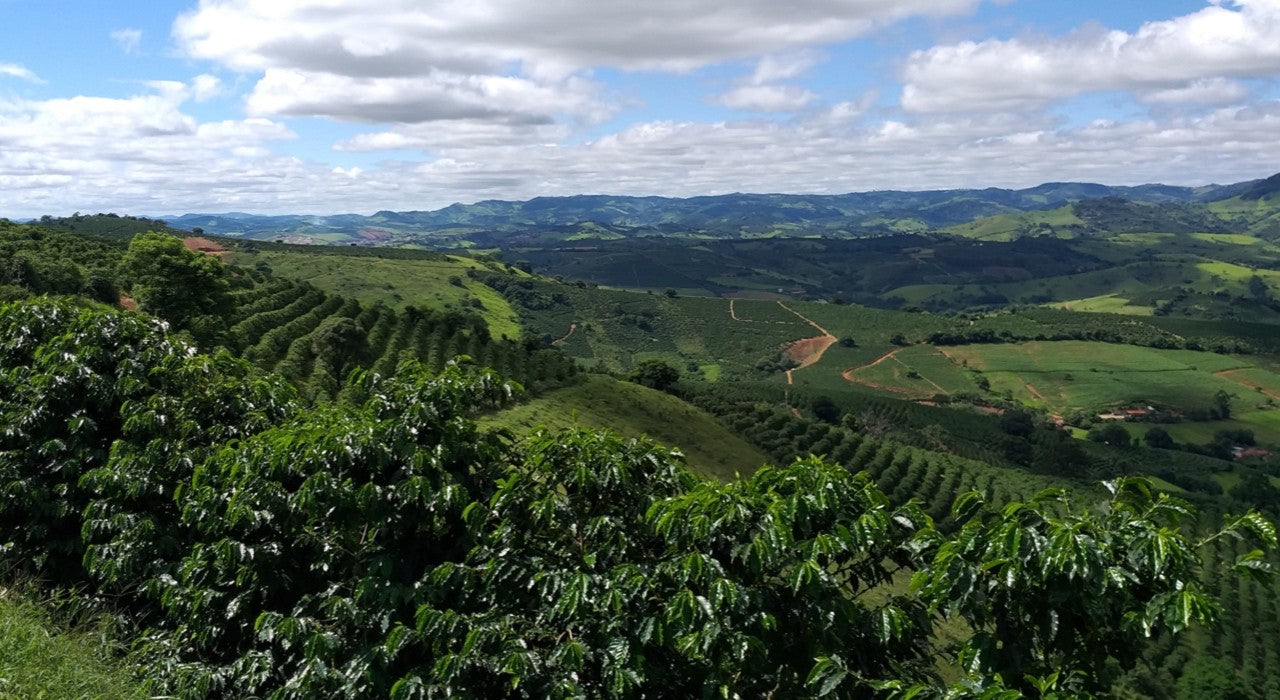
Brazil
Until 1920, Brazil produced around 80% of the world's coffee. As other countries increased their production, Brazil's market share shrank, but the South American country is still by far the largest producer of Arabica coffees in particular.
Following the severe frost damage in 1975, new plantations were established in the temperate south-east of the country, particularly in the state of Minas Gerais. Today, almost half of Brazil's coffee comes from there. Fluctuations in production in Brazil influence the world market and affect the income of millions of people. There are currently around 300,000 farms throughout the country.
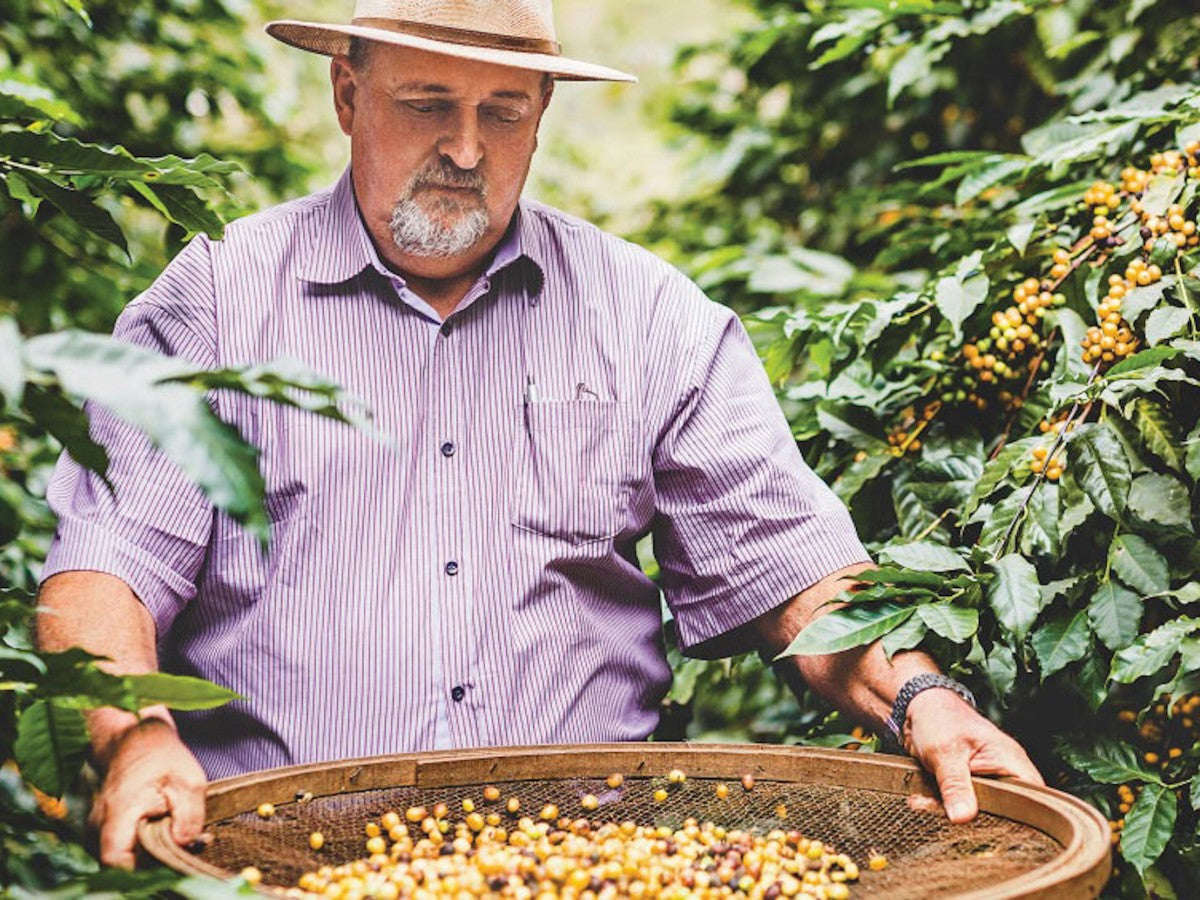
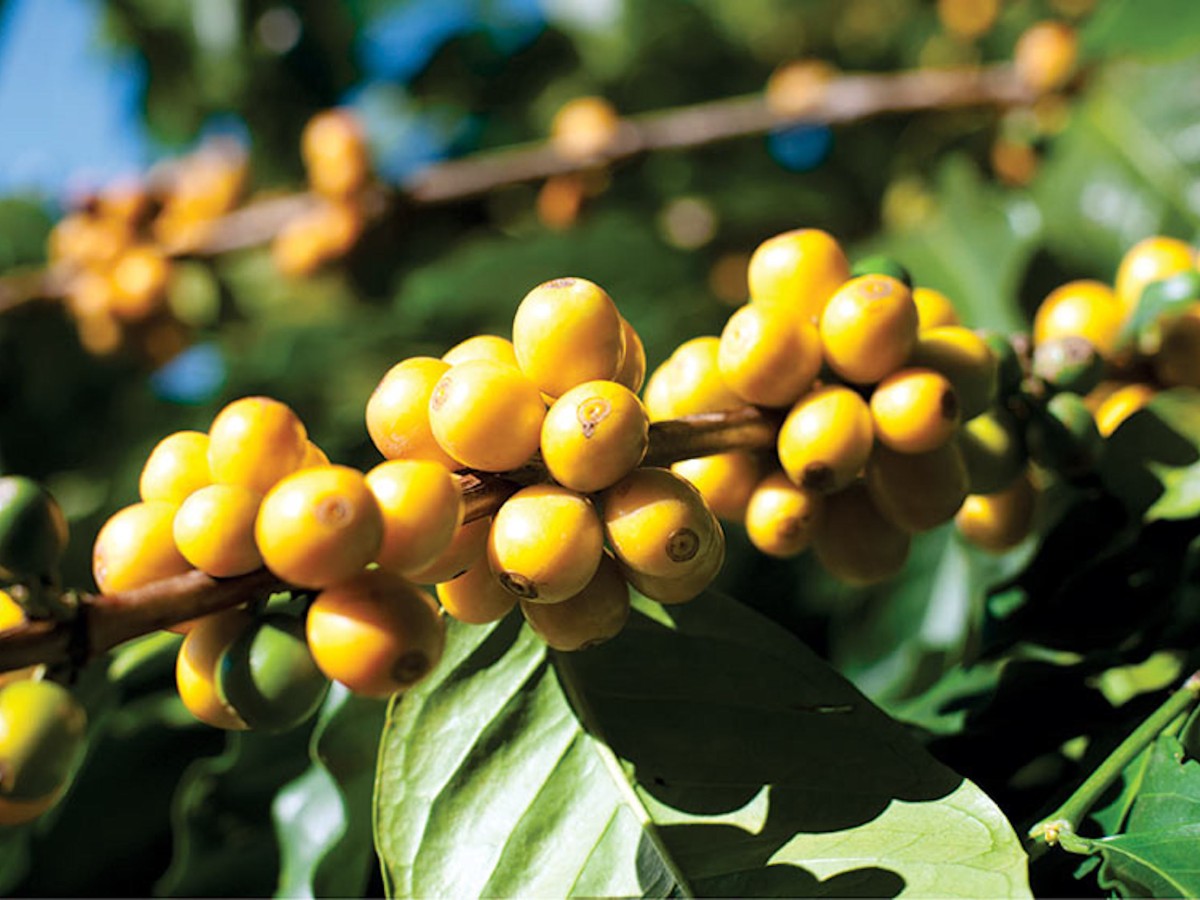
Ripe coffee cherries are usually dark red in color. Some trees also have yellow, rarely orange-colored fruit. The ripe, bright yellow coffee cherry bears the name of the yellow-bellied macaw, which is native to the Amazon region and the north-east of the country.

Did you know?
Brazil is not only the largest coffee producer, but also a heavy coffee consumer: Brazilians consume around half of their coffee themselves.
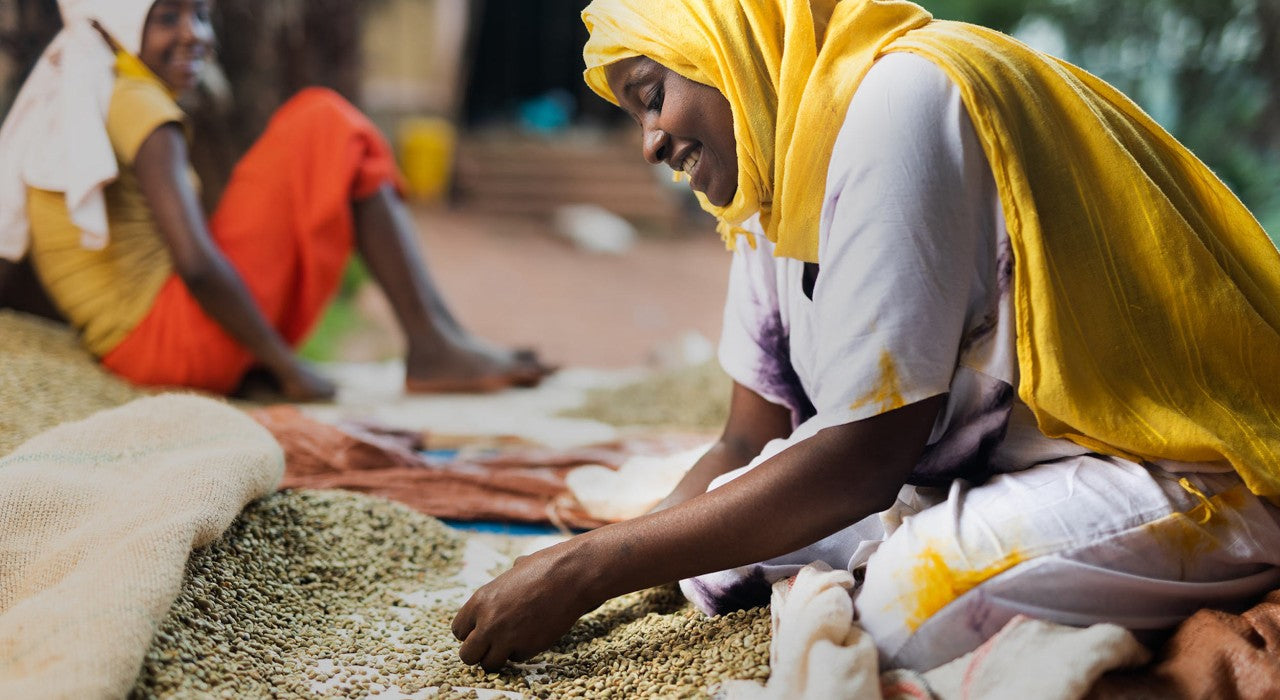
Ethiopia
Ethiopia can be described as the birthplace of Arabica coffee. The African country does not have many modern coffee farms - coffee is mainly grown here by small farmers using traditional methods and without pesticides. The majority of Ethiopian coffee is therefore grown organically.
Typical Ethiopian coffees are forest coffees from wild coffee trees and garden coffees, whose cherries grow on bushes in the plains. Due to its wild growth, Ethiopia has a unique diversity of species and varieties.
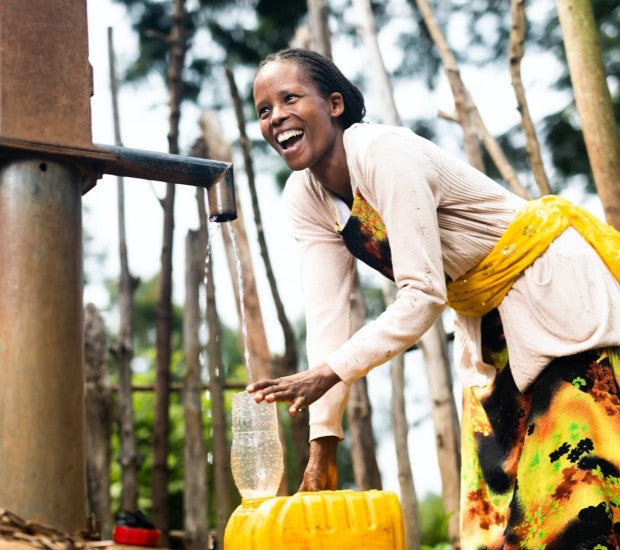
The organic coffee WASH project
Highland coffee from Ethiopia is considered one of the best in the world and is one of the country's most valuable exports. We source the green coffee for our organic coffee from Guji, a region in the south of Ethiopia. We support the people there as part of the organic coffee WASH project.

Did you know?
Ethiopia is perhaps the most fascinating of all coffee-growing countries - not only because numerous coffee varieties grow wild here, but also because of the many different aromas. With its intense floral and fruity coffee aromas, Ethiopia has shown just how many different flavors coffee can have.
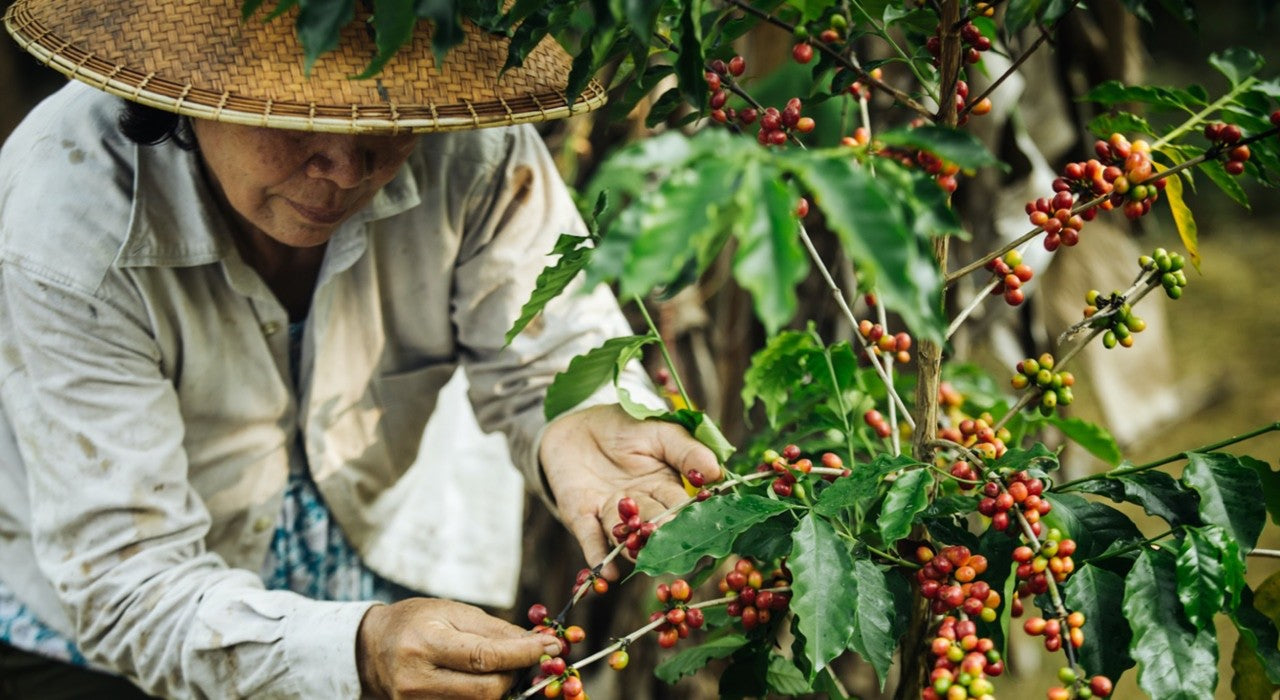
Vietnam
Because the French colonial rulers did not want to do without their beloved coffee in Indochina either, coffee plants had been cultivated in Vietnam since the middle of the 19th century. At the beginning of the 20th century, Vietnamese coffee farmers began to grow more coffee in order to benefit from the good market prices. After the Vietnam War, production was significantly increased again in order to revive the economy and supply the friendly socialist states. As a result, Vietnam became the world's second largest coffee producer after Brazil.
In contrast to other coffee countries, Robusta coffee is predominantly grown in Vietnam; the proportion of Arabica is negligible.
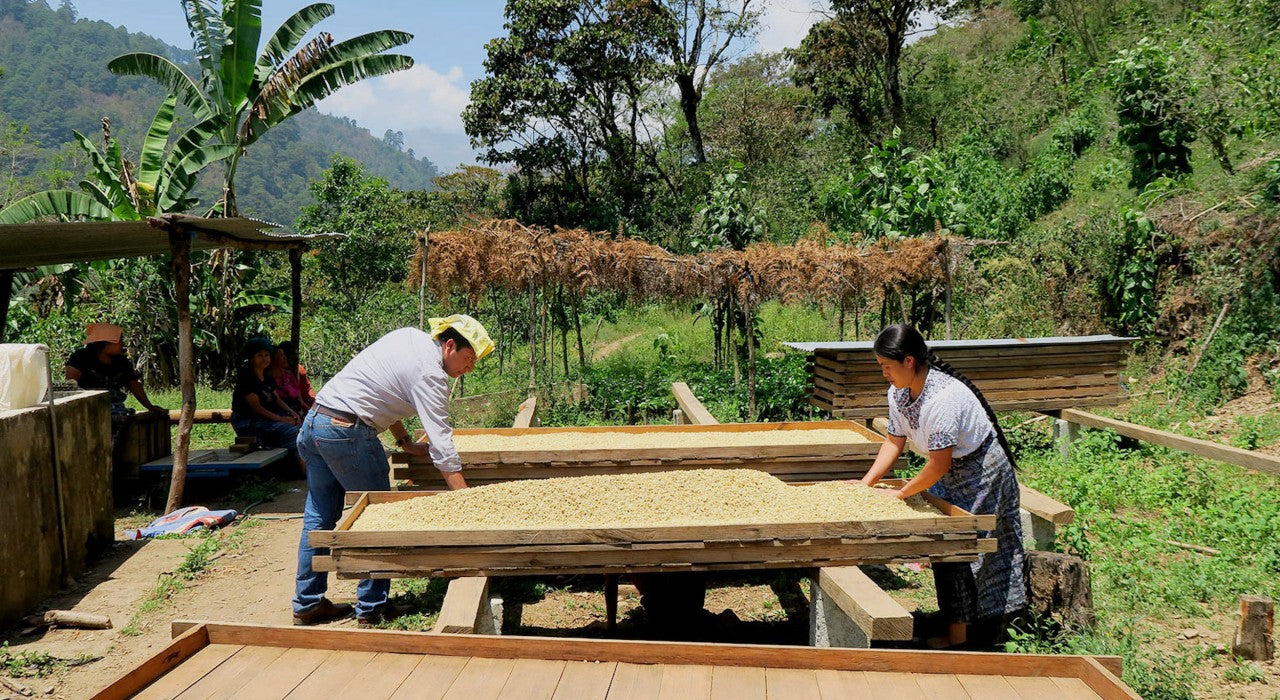
Guatemala
When General Justo Rufino Barrios came to power in Guatemala in 1871, he made coffee a mainstay of the Guatemalan economy. However, his reforms also led to the indigenous population being deprived of their land even more than before, as the state claimed this land as its own. This led to the creation of huge coffee plantations, and coffee accounted for 90% of the country's total exports around 1880.
After the coffee crisis in 2001, many producers switched to macadamias and avocados. Nevertheless, Guatemala is now one of the 10 largest coffee producers in the world. Mainly Arabica varieties are grown, which find ideal conditions in the volcanic, fertile and nutrient-rich soil.

Did you know?
One of the best coffees in the world: Guatemala has a reputation for producing very high-quality coffees worldwide. This is not least due to the fertile soil on the mountain slopes of the Sierra Madre. Guatemala therefore occupies an important position on the gourmet coffee market.
